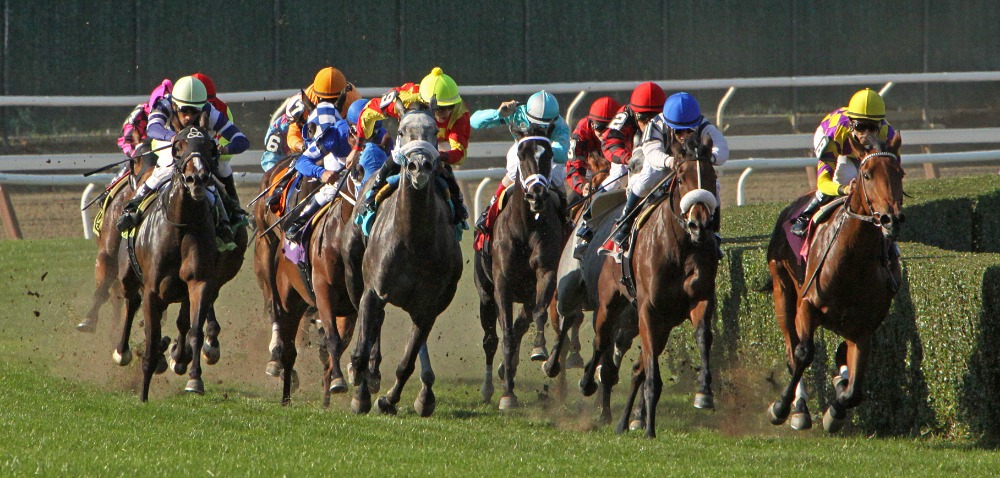Paul St John
June 9, 2022The Test Of Champions
The Belmont Stakes

Belmont Park - 39 minutes east of Manhattan - is where the Belmont Stakes, known as the Test of Champions, takes place as the final leg of America’s Triple Crown. This will be its 154th running and, at one and a half miles, it is the farthest any of the thoroughbreds involved will ever race.
Six weeks ago, and 750 miles away in Louisville, the first contest of the trilogy, the Kentucky Derby, run over 10 furlongs, took place at Churchill Downs. This was the race when, twelve months ago, the ill-fated, and subsequently disqualified, Medina Spirit was first past the post.
On 20th May the middle jewel, the Preakness Stakes, was staged in Baltimore.
All three races run on dirt are for three-year-olds - a horse gets just one shot at the Crown.
The term was invented by a journalist, Charles Hatton. He wrote for the straightforwardly titled Daily Racing Form in the 1930s. He referred to the three races colloquially as ‘the triple crown’ and other journalists copied. It wasn’t until 1950 that the name was formally adopted and the initial letters capitalised.
Sir Barton, who had won all three contests in 1919, was retrospectively named the first winner. In all just 13 horses have managed the feat. Secretariat is probably the most famous. In 1973 he became the first winner for 25 years, beating the Belmont Stakes field by 31 lengths in the process.
The British equivalent (2000 Guineas, Derby and St Leger) is, by comparison, a more savage test of the versatility of a young horse and harder to win. It is over 50 years since Nijinsky did it in 1970, ridden by you-know-who.
There will be no winner in the States this year, although at the start of May the connections of Epicenter had high hopes. He was sent off a short priced favourite in the Derby, a race that has come to be known as ‘the most exciting two minutes in sport’.
He was given the perfect ride, taking an early sit then challenging three wide on the home turn and looking the winner. The commentator had gasped at the fast time for the half mile (45.36 seconds) and it was that that set up the unconsidered Rich Strike. At 80/1 he passed most of the field in the final furlong and a half to nick it on the line.
It was an earthquake of a result and Epicenter suffered. He nevertheless tried again at Pimlico. The Preakness, named by the Maryland governor after a winning colt in 1873, is half a furlong shorter. Rich Strike, the only horse capable of winning the Triple Crown in 2022, didn’t even enter.
Early Voting at 5/1 established a lead which Epicenter, again a short priced jolly, reduced in the straight but was unable to bridge. He was second again.
He doesn’t run in the Belmont Stakes but - interestingly - Rich Strike does, tempted by the two extra furlongs. This time he is 5/1. He has already made history but could make more by becoming the only horse ever to win the Derby, pass on the Preakness, then win the Belmont.
One and a half miles is too far for Early Voting, who has suffered just one defeat in his career - to Mo Donegal, the 5/2 favourite.
Tune in late Saturday night to watch.

Written by:
Paul St John
Share article:


